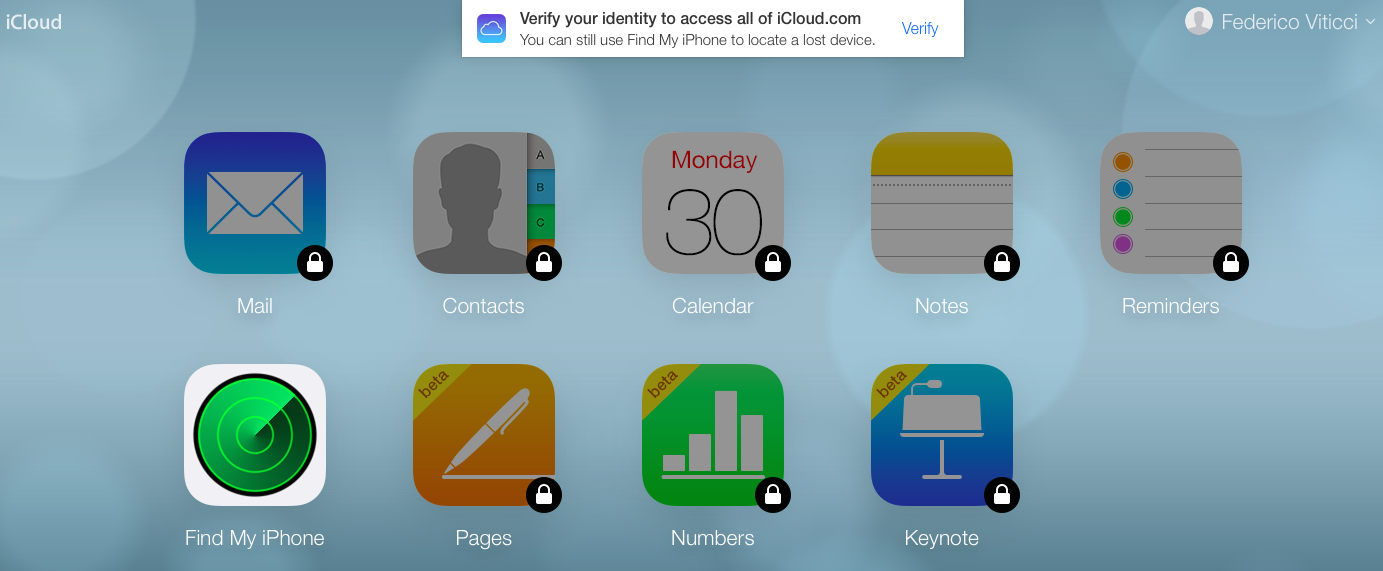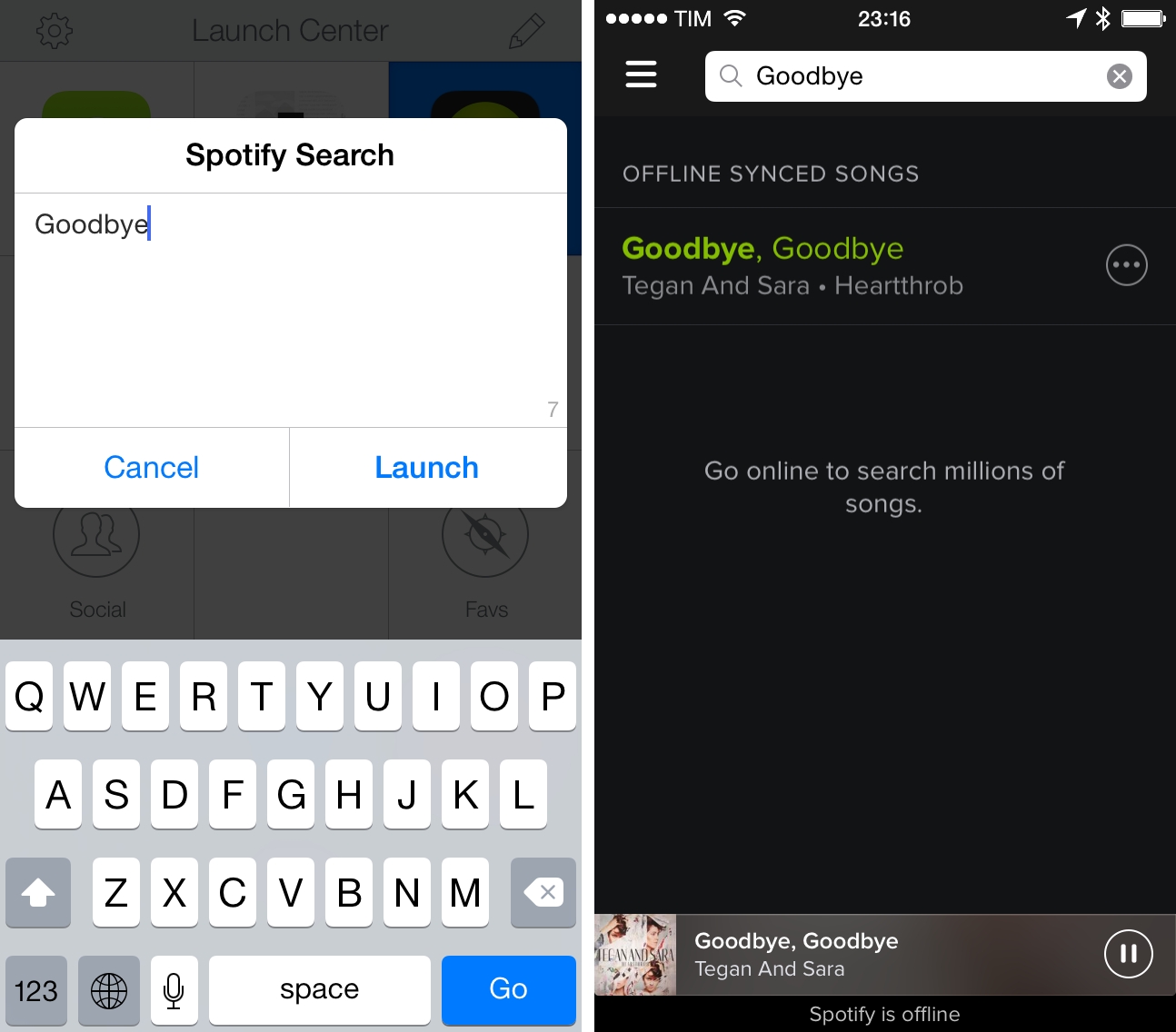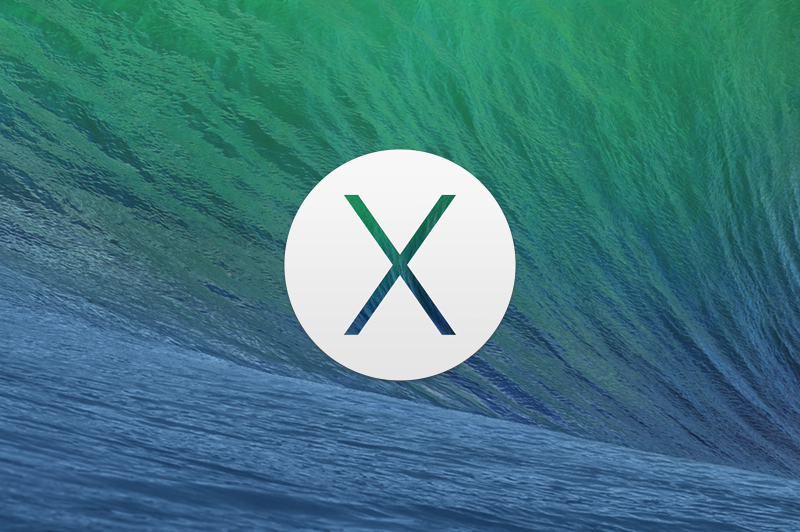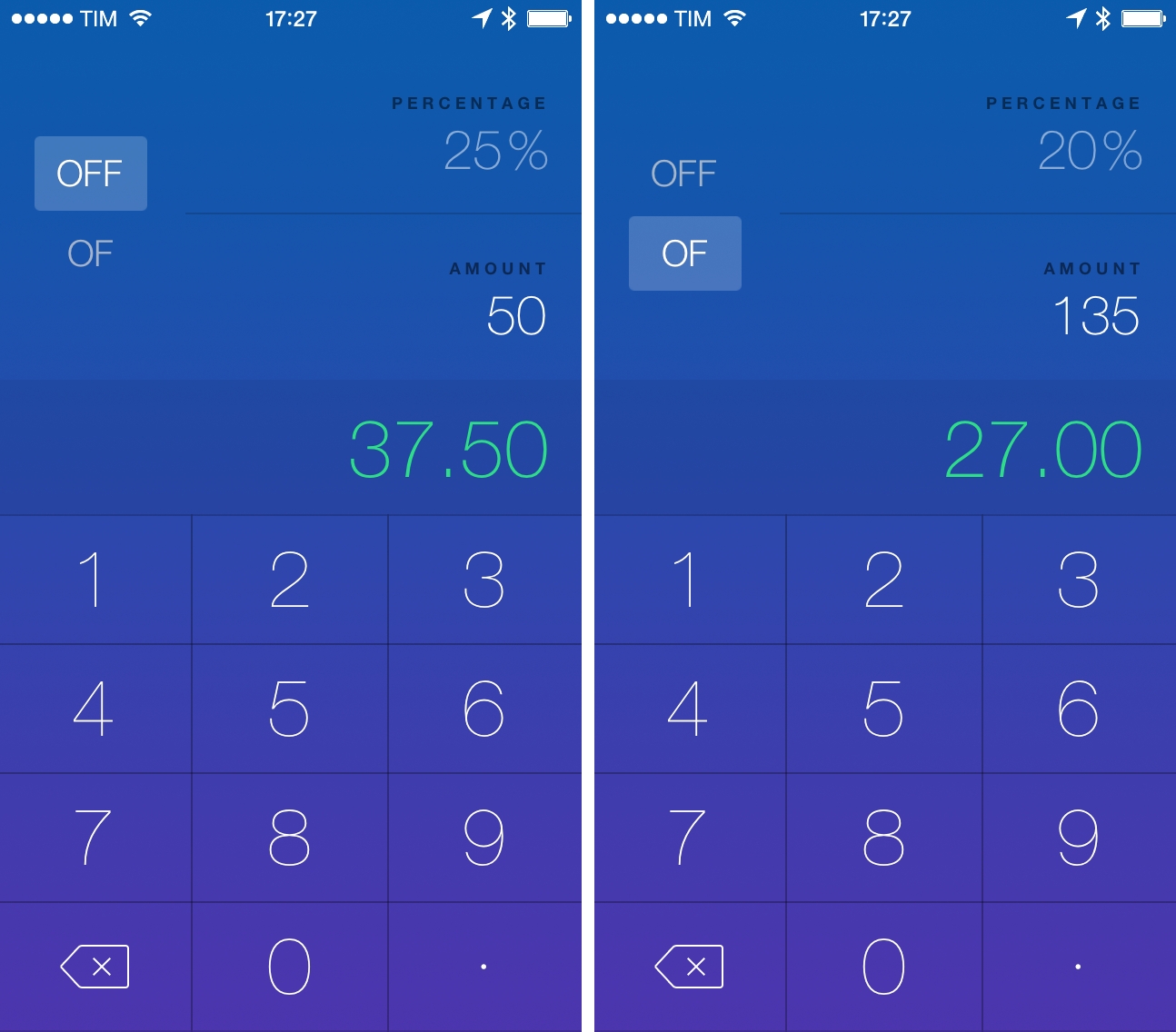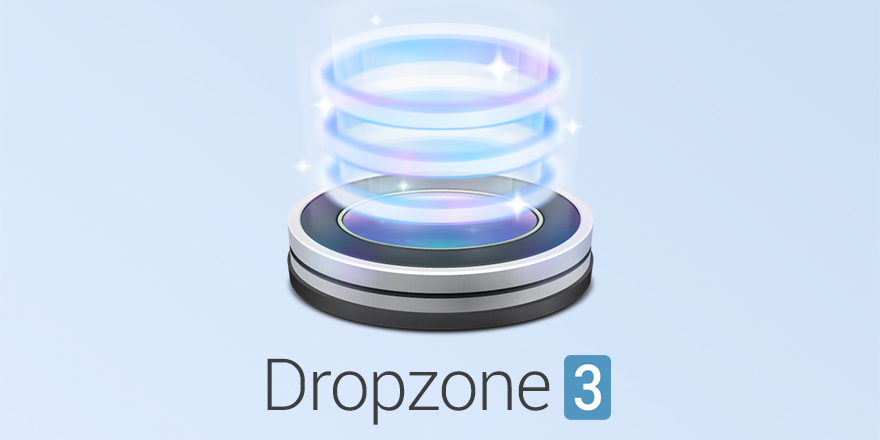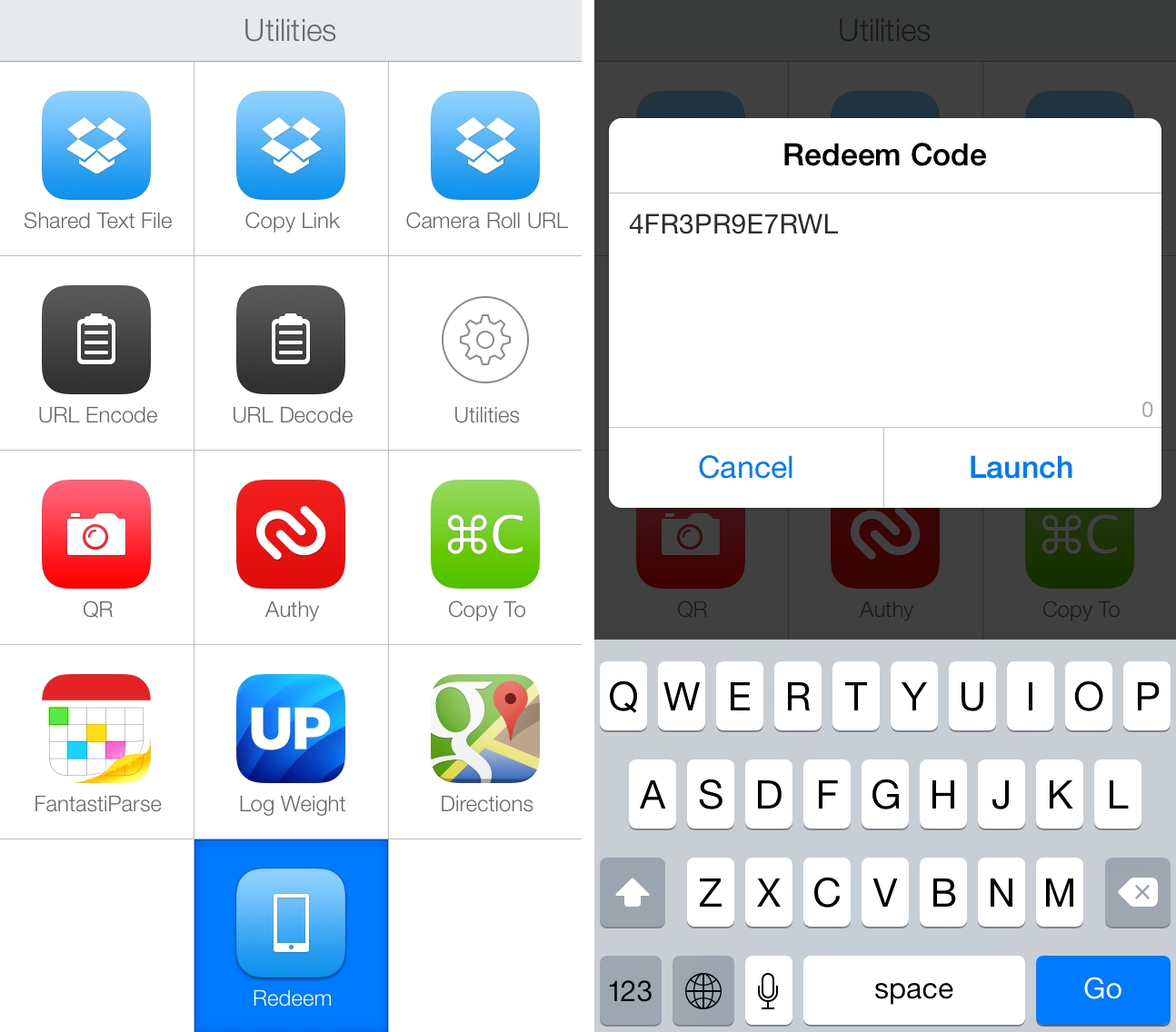Apple has launched its annual Back To School promotion today, giving qualifying education customers extra credit when buying a Mac, iPhone, or iPad. As in previous years, Apple’s promotion allows customers to receive $100 of extra credit when purchasing a Mac, and $50 when buying an iPhone or iPad. Apple is giving away Apple Store Gift Cards, which can be used for Apple Store purchases (unlike iTunes gift cards for digital purchases given away in previous years).
The 2014 Back To School promotion runs until September 9 and qualifying customers in the US include “faculty, staff, students, and parents” of any public or private K12 and higher education institution. Apple published a PDF document on its website with further details on eligible customers and products available in the promotion.
For more details on gift cards and educational pricing, you can check out Apple’s official page for Back To School 2014. The promotion is live today in the US and international markets including Canada, the UK, and several European countries.




